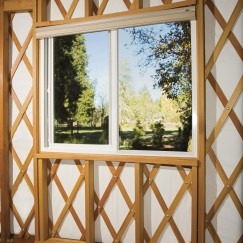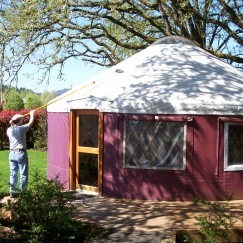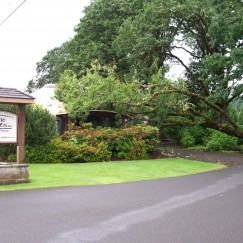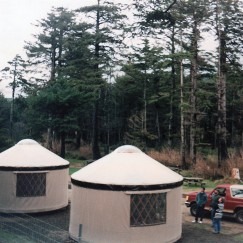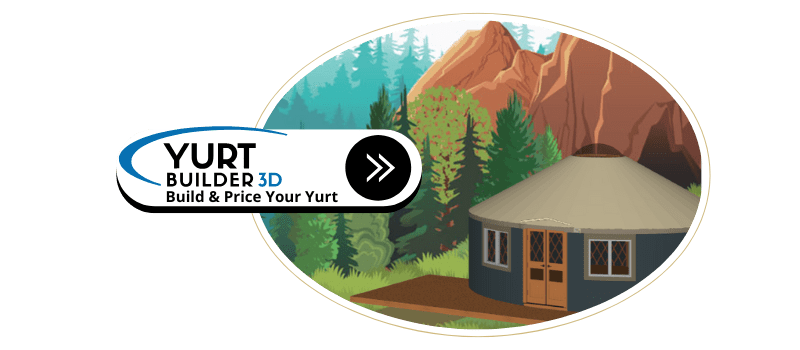Adding 2–4 Yurts: Low-Risk Growth for Campgrounds
If you run a campground, you probably want more revenue and steadier bookings without taking on a huge construction project. Adding just 2–4 yurts is a practical way to do that. Instead of committing to a whole loop of cabins, you can add a small cluster of high-demand units, see how guests respond, and grow from there at your own pace.
Pacific Yurts describes their structures as a low-cost alternative to permanent buildings that are solid and weather-tight, which is why you see them in so many resorts and parks. That makes them a good tool for testing growth rather than betting big all at once.
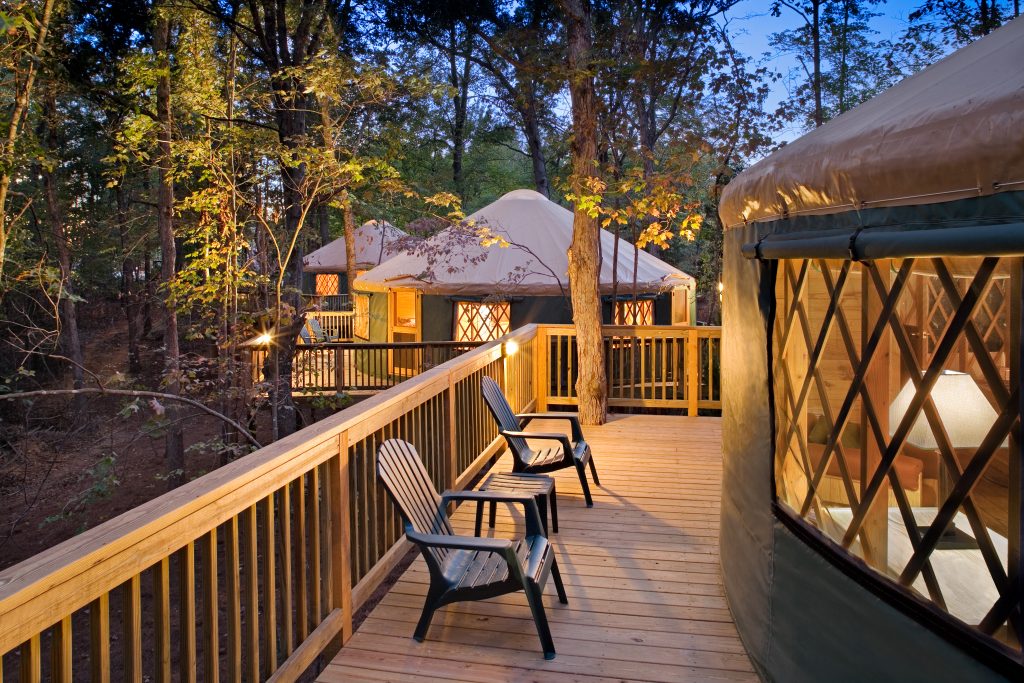
Why Start With 2–4 Yurts?
Going from “what we have now” to “full cabin build” is a big jump. Starting with 2–4 yurts lets you experiment instead of overcommitting.
A handful of yurts is enough to upgrade some tent sites into higher value lodging, offer an option for guests who do not own RVs, and see how yurts perform in your market. You keep your upfront investment manageable, but you still get meaningful data: how fast they book, what seasons they fill, and how guests talk about them.
Pacific Yurts points out that park and resort systems around the world have used yurts to increase revenue with cost-effective lodging rather than large permanent builds, which is exactly the kind of incremental move small operators need.
If your first 2–4 units do well, you can add more with confidence. If they do “just okay,” they still add income without putting your campground under heavy financial pressure.
What Yurts Add to a Campground
Yurts fill a gap between tent sites and cabins. Guests get a solid floor, real beds, protection from the weather, and a unique structure, while still feeling close to nature.
Oregon State Parks famously used yurts to help stabilize their system. Because they could charge more for a yurt than for a tent or RV site, revenue increased and a new glamping audience showed up, often booking months in advance. Pacific Yurts -+1
For a private campground, that same pattern can look like:
- A way to host people who want comfort but are not ready to tent camp
- A product you can price higher than a standard site
- Lodging that extends your season when paired with heat, insulation, and basic amenities
Pacific Yurts also notes that grouping different sizes together makes it easy to create a small “yurt village” that is attractive for families and groups, without major disruption to the land. The Chronicle+1
Why They Are a Low-Risk Expansion
The “low-risk” part comes from three things working together: cost, speed, and flexibility.
In their Discover brochure, Pacific Yurts describes the modern yurt as a solid, weather-tight, low-cost alternative to permanent structures at resorts and campgrounds.
On the income side, Pacific Yurts’ piece on Hipcamp and glamping reports that Hipcamp hosts who offer a Pacific Yurt earn an additional 10,000 dollars per year on average, depending on location and setup. For a small campground, two to four units at that level of performance can visibly move the bottom line.
Their article on starting to “earn fast with simple, proven solutions” also highlights yurts as one of the most accessible ways to enter or expand in outdoor hospitality because they are quick to deploy and built to scale.
And because yurts are semi-portable, you can relocate them on your property if you later decide a different view, layout, or grouping will work better.
All of that gives you room to experiment. You are adding capacity and potential revenue without locking yourself into a single permanent design from day one.
A Simple Way to Add 2–4 Yurts in Phases
You do not need a complicated master plan to get started. A phased approach works well for small and mid-sized operators.
Step 1: Pick a few promising sites.
Look at underused corners, tent pads with good views, or spots close to existing restrooms. Oregon’s experience shows that even older campgrounds can unlock new value just by converting a portion of sites to yurts rather than building entirely new areas.
Step 2: Start small on purpose.
Begin with two, three, or four yurts instead of ten. You might cluster a couple near core amenities for families and keep one or two a bit more tucked away for guests seeking quiet or a special view.
Step 3: Keep interiors simple and comfortable.
Set them up with solid beds, seating, light, heat or cooling appropriate for your climate, and a straightforward outdoor area. Many state park yurts follow this model: basic furniture, electric heat, nearby bathrooms, and a picnic table or fire ring.
Step 4: Watch what happens.
Track occupancy, nightly rates, how quickly weekends and holidays sell out, and what guests say in reviews. This first round is about learning as much as it is about earning.
Reading Demand Before You Scale
The real strength of adding 2–4 yurts is what it tells you about your future options.
If your initial yurts book heavily during shoulder seasons, attract new types of guests, and build repeat visits, that is a strong signal that more all-weather or higher-comfort lodging would likely pay off. At that point, you can decide whether to add more yurts, upgrade existing ones, or mix in a few cabins, based on real numbers instead of guesswork.
If demand is lighter than expected, you still have flexible, durable units that you can reposition, bundle into special packages, or focus on peak weekends, without carrying the weight of a large cabin build.
Adding a small cluster of yurts lets you test growth, stretch your season, and serve more kinds of guests without overcommitting.
Small operators, test growth.


